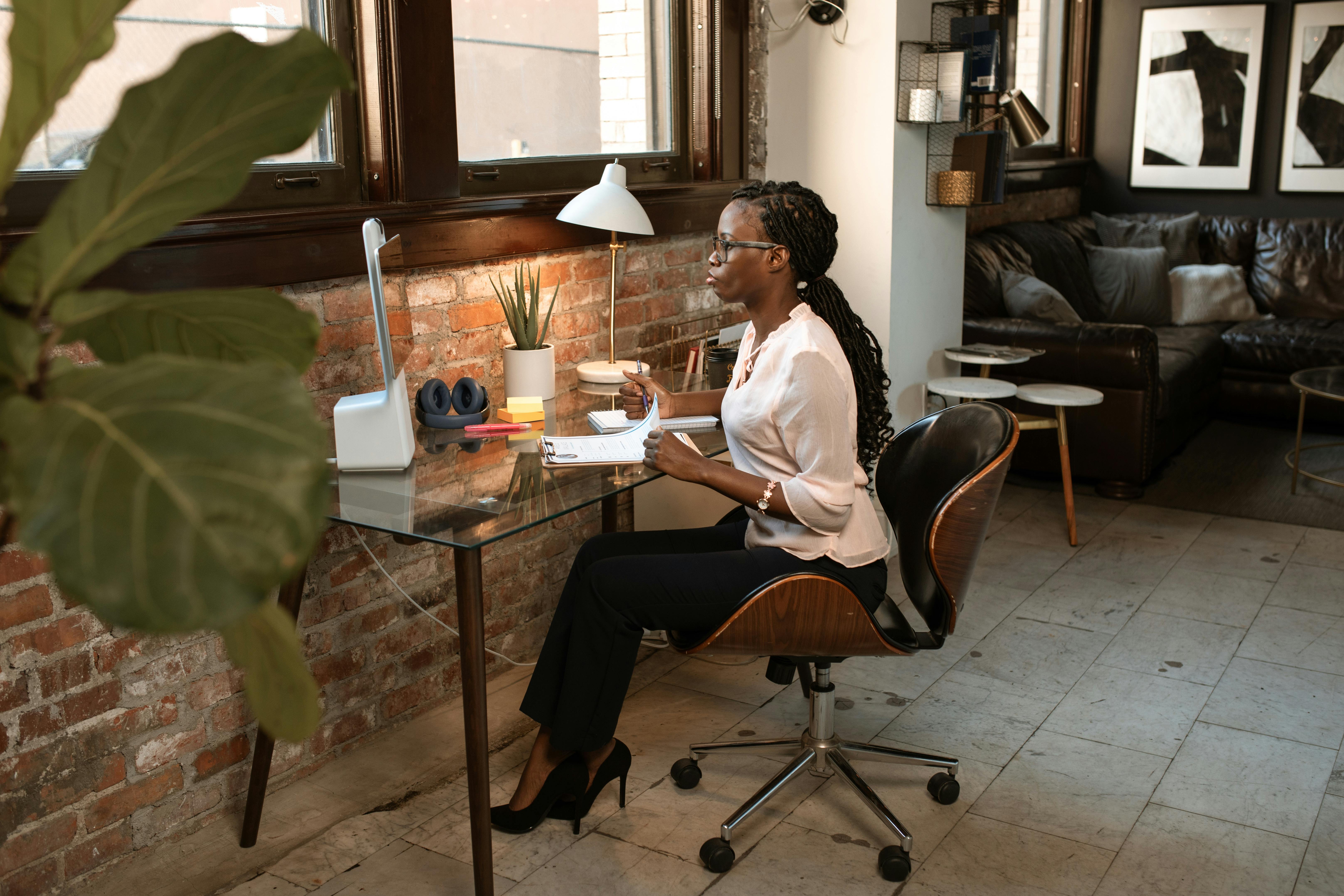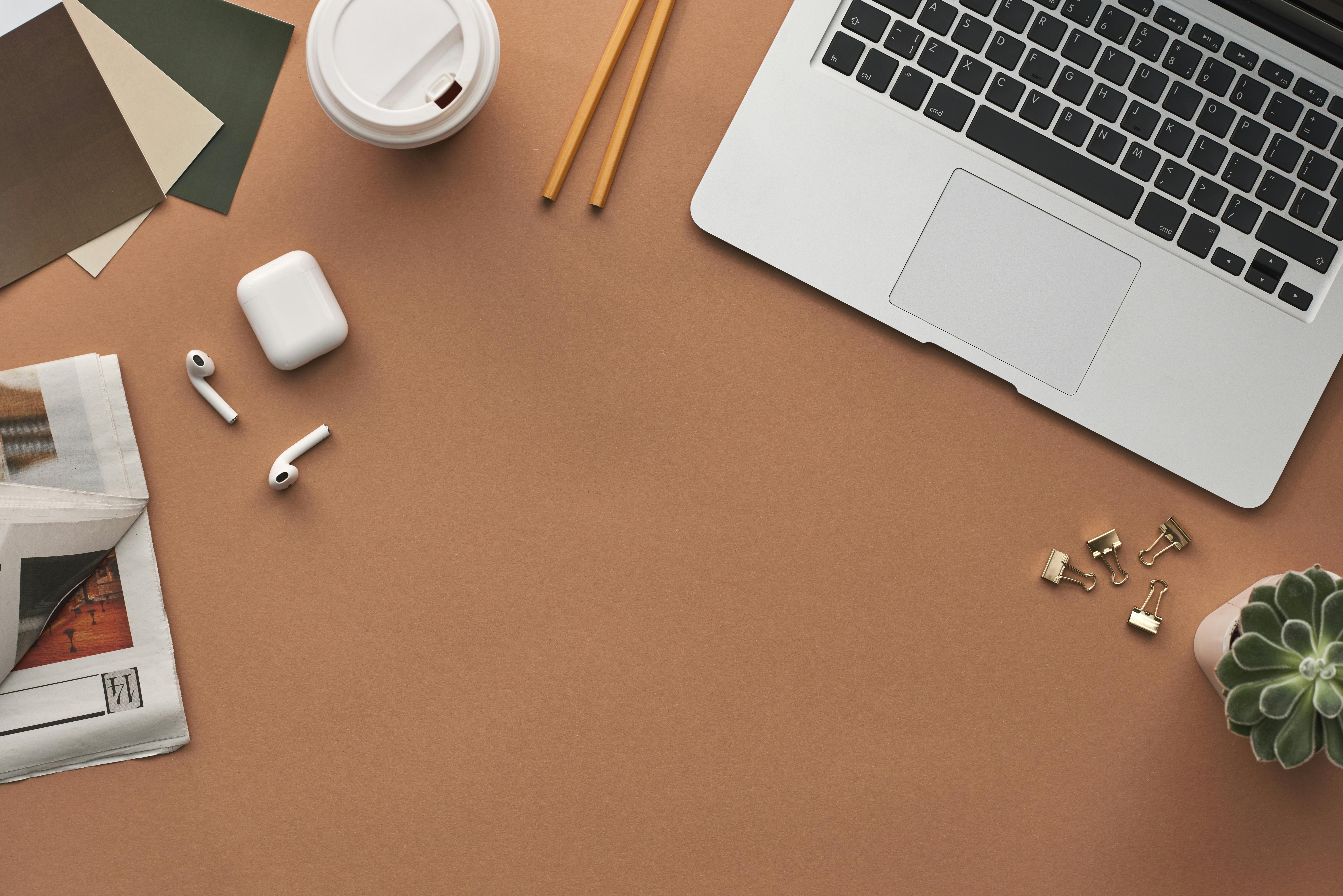For your website to be successful, it must contain the right web design. This isn’t too difficult if you’ve been designing websites for years and have had the time and experience to perfect your technique, but to everyone else, web design can seem daunting. Don’t worry though, it doesn’t have to be this way. Just remember that using common sense and applying your own taste are the best things you can do for your web design strategy.
However, just because you think your site looks good doesn’t mean your visitors will read it. Nor does it mean that they will return a second time. Therefore, web design only begins with your own taste, and must also include other techniques that ensure continued success.
There are five basic things you need to keep in mind to develop your web design strategy. They are the following:
1. Your Website Title – Every successful website must first have a great title. A really good headline should be interesting, catchy, and applicable. “Bob’s website” isn’t exactly the most attractive way to make a first impression. The headline is, after all, the first few words that will grab the visitor’s attention. If the headline doesn’t work for your readers, they won’t click on it in search engines and won’t stick around if they land on the site. Take the time to brainstorm great ideas for website titles, ask friends and family for inspiration, and use a thesaurus for some stunning words.
2. Columns – The number of columns used in your web design will alter the entire perception of your website. The first standard website will generally have a fairly simple layout, consisting of a single column; however, most readers prefer two-column pages to allow for written content in one column and navigation links in the other. This web design is much more attractive, and makes it much easier to navigate your website. Although the three column website has its fans, it is not necessarily better than one or two column web designs. However, if you have a lot of complexity on your website and need extra navigation options, or if you need extra writing space, then the extra column might work well for you.
3. Colors – Although it may seem like colors are among the simplest decisions you need to make for your website design, once you get started you may find it more challenging than you first thought. Colors are very important to the overall appearance of your website and will influence people’s decisions to discover what your site has to offer and their decision to return. If your website design is bland, it will make people think your website is boring. If the colors are too bright and harsh on the eyes, staying on the website will be unpleasant. If the colors are warm and comforting, making the customer feel at home, they are more likely to like your place and will stay and return more often.
4. Navigation – When creating your web design, don’t forget that navigation will be key to allowing visitors to properly benefit from your site. The key is consistency and easy access. Every page of the website should have a link to the home page so that visitors don’t get lost between the different pages of the site and eventually give up and go elsewhere. You’ll also need some kind of index that appears the same on every page, so users always know where to look when they want to go to the next page of interest.
5. Content – When it comes to web design, content is one of the most important features. If your content is not good, no one will have any reason to visit your site. Among other site-specific pages, your content should include at a minimum a home page, which tells visitors what your site is about and why they might want to visit it. An “about us” page, which tells visitors who you are and why you have the website, is also recommended. Use this space to show people that you know what you’re doing and that they can trust your site for trusted information and resources. When visitors understand you better, they will feel more comfortable visiting your site.
The most important thing is that you don’t just follow a template, do something new and keep it fresh. People won’t want to keep visiting a site that never changes. They want to see updates, or they’ll have no reason to come back. The more often you update your site, the more time people will spend visiting it to stay on top of everything. Once a week is ideal, but once a month should be the minimum. When it comes to web design, you have to be up to date!




